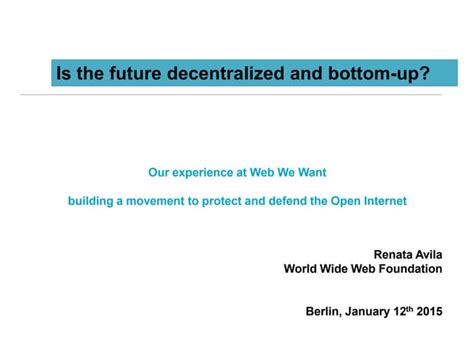Future of decentralized Finance: Insights from Litecoin (LTC) and NFTS
In recent years, the crypto currencies have experienced a remarkable increase in popularity, and many individuals and institutions have invested largely in digital currencies such as Bitcoin (BTC), Ethereum (ETH) and others. However, the true potential of decentralized finances (Dead) is still explored and developed. Two emerging trends that take place for definition for definite are coins based on cryptocurrencies such as Litecoin (LTC) and token that is not bothering (NFT). In this article, we will enter the world of Litecoin and NFT to gain insight into what follows in the future of decentralized finances.
Litecoin: Digital Gold Standard
Litecoin is a digital currency of peers launched in 2011 by Charlie Lee. There are several advantages to other crypto currencies, making it a popular choice among those looking for more users and a more stable alternative to Bitcoin. Here are some key features of Litecoin:
* Fast transaction processing: Litecoin has an average block of block of just two seconds, allowing faster transactions compared to Bitcoin’s 10-minute block-time.
* Low fees:

Litecoin network transactions fees are significantly lower than those on other crypto currencies, making it more accessible to a wider range of users.
* Scalability: Litecoin is designed with respect to scalability in mind, with multiple consensus algorithms (POW, POS) that allow for high amount of transactions.
Litecoin’s success can be attributed to his ability to offer a faster and cheaper way for users to send and receive cryptocurrencies. This made the attractive option for individuals who want to participate in decentralized finances without breaking the bank.
NFTS: NEW ERA Ownership
Tokens that do not bother (NFT) in recent years to attract, and their unique characteristics allocate them from traditional digital assets such as art and collecting. NFTs are unique tokens that represent ownership of a particular subject, such as part of digital art or virtual object.
Here are some key features of NFTS:
* A unique identity: Each NFT is assigned a unique identifier, which makes it difficult to reproduce or forgery.
* Ownership and scarcity: The ownership and scarcity of NFTs can control the creator, ensuring that each piece has a certain value and a limited supply.
* Transparency: NFT markets such as OpenSEA and Rarible provide transparent lists to customers and sellers, facilitating the monitoring of provenance and authenticity of digital assets.
The NFTs have revolutionized the industry of art and collection, offering new ways to create, sell and trade unique digital property. As the definition is still growing in popularity, NFTS is likely to play a significant role in shaping the future of decentralized finances.
Litecoin intersection and NFTS
In recent months, there has been an increasing interest in integrating Litecoin with the world of unprecedented tokens (NFT). This crossover is not only exciting for enthusiasts, but also offers potential advantages to define applications.
For example, Litecoin Blockchain can be used to store and check NFT, providing an additional layer of security and trust. In addition, the faster time of processing of Litecoin transactions could allow more vague interactions between the NFT market and the wider ecosystem of the cryptocurrency.
Challenges and restrictions
Although Litecoin and NFTS make a great promise for decentralized finances, there are still a few challenges to overcome before these technologies can achieve a wide adoption:
* Scalabiness: Current Litecoin network scalp restrictions can prevent its ability to support high quantities of transactions.
